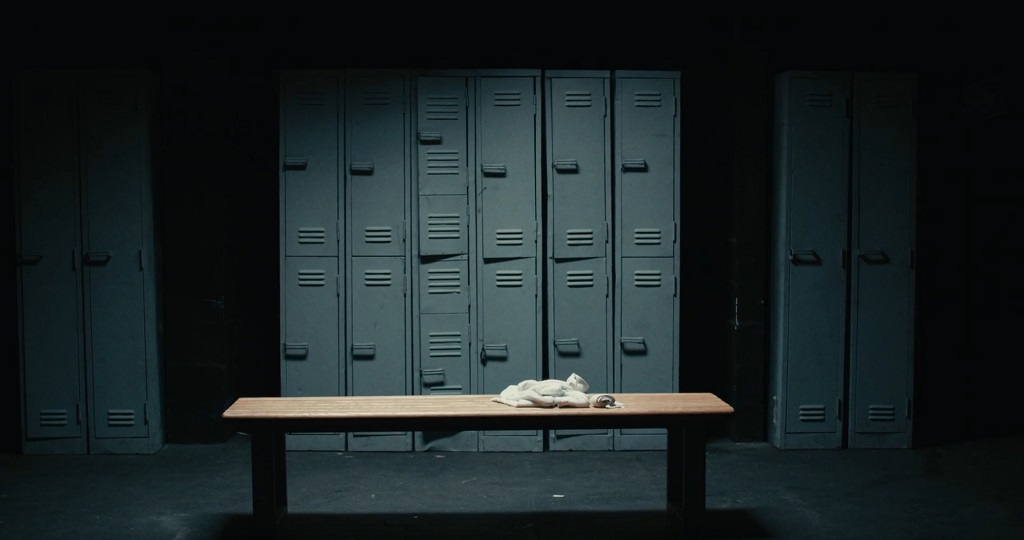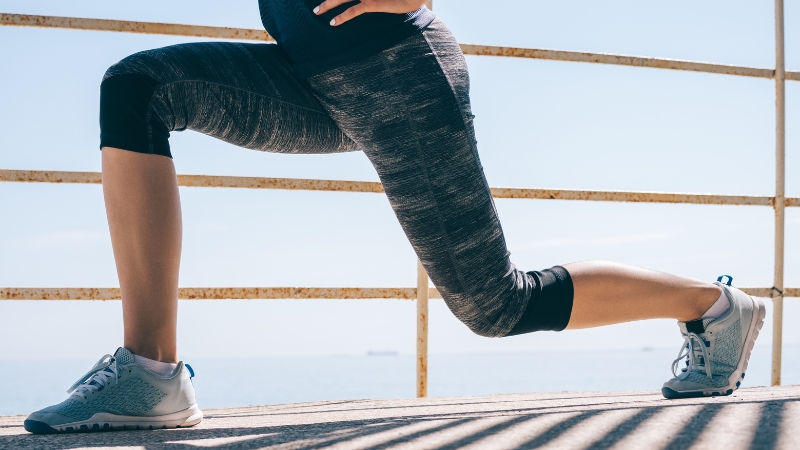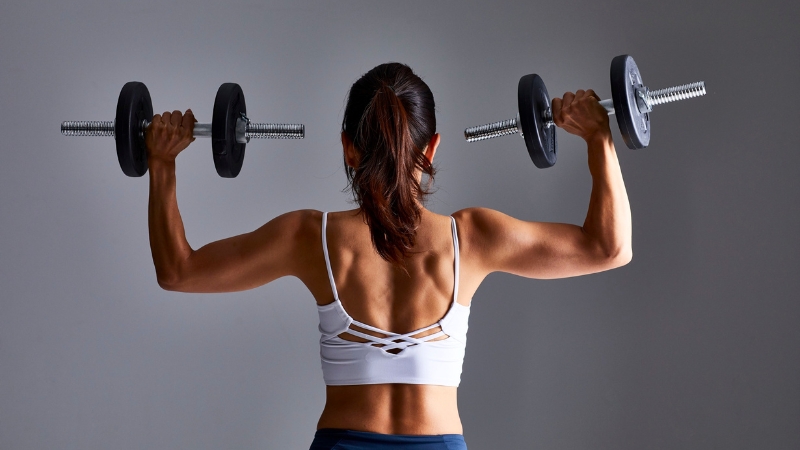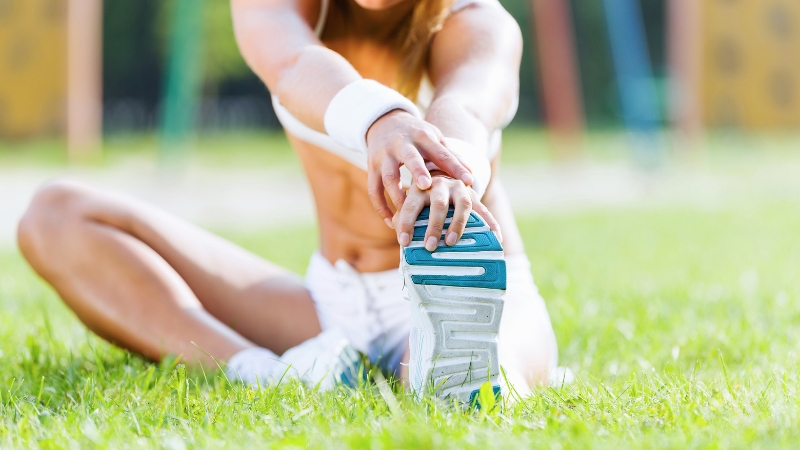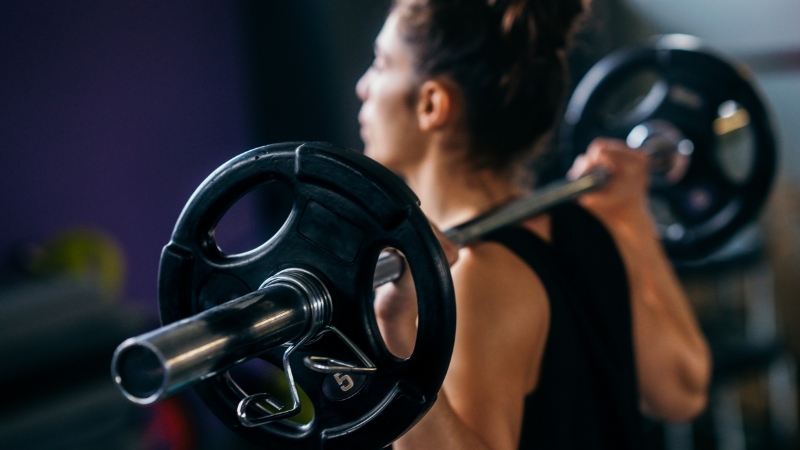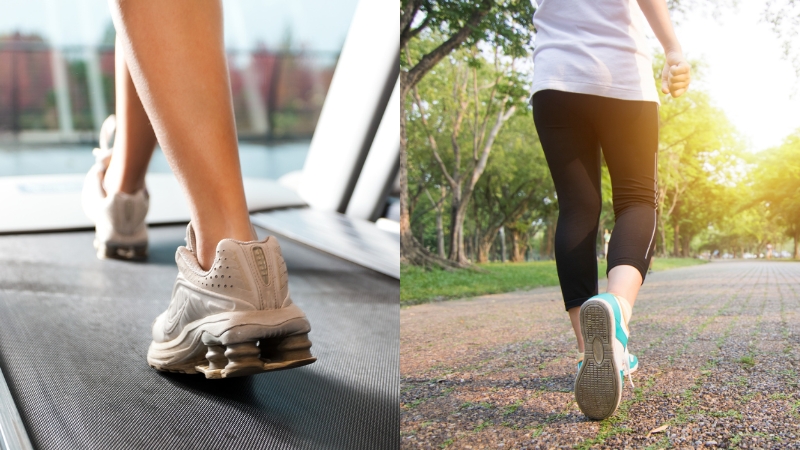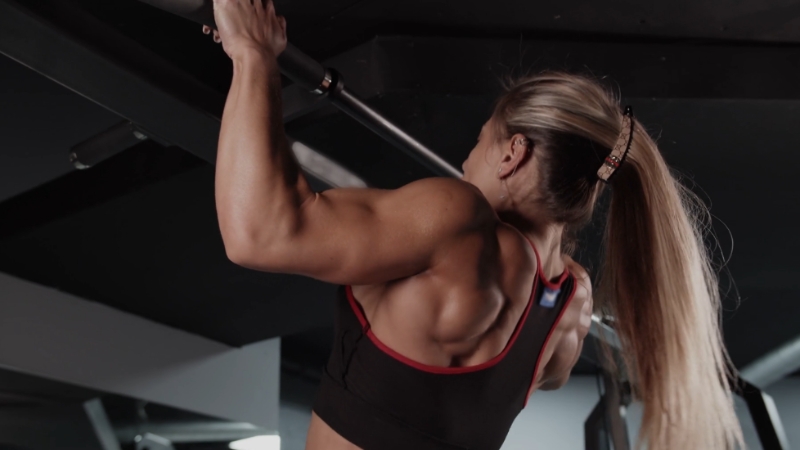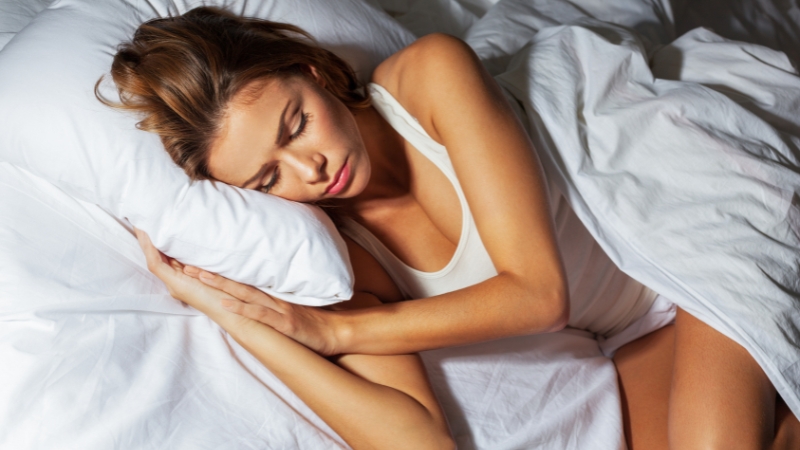
Share Post:
Sleep holds unmatched value in muscle recovery.
Long hours of rest aren’t just about feeling better in the morning; they serve as critical repair windows for tired, stressed tissue.
Muscles experience cellular repair, growth, and inflammation reduction when the body shuts down for the night.
Most people overlook the way they sleep. Posture during rest can either accelerate healing or add pressure to sore muscles, disrupting progress. Instead of focusing only on workouts or nutrition, it’s time to address what happens on the mattress.
In the following sections, various sleep positions, their physical benefits, and simple tips to enhance their effects will be explained.
Table of Contents
ToggleWhy Sleep Position Matters for Muscle Recovery
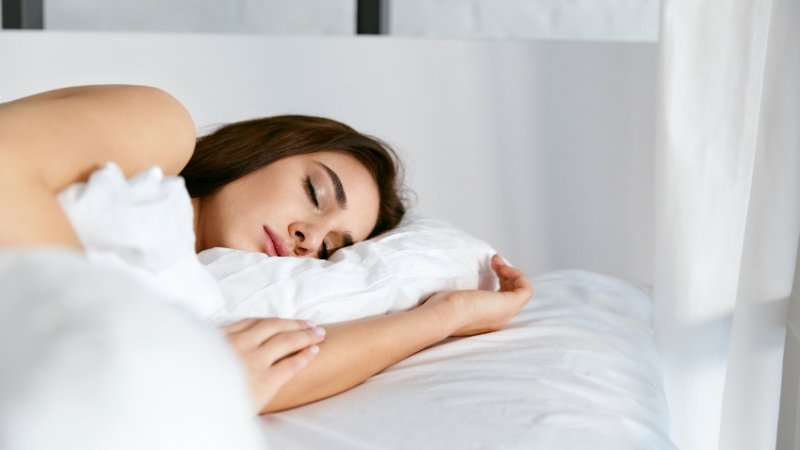
Muscle recovery doesn’t pause once exercise ends.
While most people focus on post-workout supplements, hydration, or stretching routines, one of the most powerful recovery tools is often overlooked: sleep posture.
How the body is positioned during sleep can influence the rate of healing, pain levels the next day, and even long-term mobility.
Throughout the night, the body follows a biological repair schedule that includes:
- Growth hormone release, which fuels muscle tissue rebuilding
- Cellular regeneration, helping mend microtears in muscle fibers
- Inflammation reduction, easing soreness and stiffness
- Improved circulation, transporting oxygen and nutrients to damaged areas
None of this process happens in isolation. Posture plays a direct role in enabling or disrupting these efforts. Misalignment in the spine and limbs increases strain on major muscle groups, often leading to prolonged soreness or imbalances.
When pressure points form due to awkward sleeping angles, blood vessels may become restricted, slowing down the delivery of healing nutrients.
Specific posture-related complications include:
- Spinal misalignment contributes to lower back and neck pain
- Compressed shoulder or hip muscles, often caused by twisted or collapsed sleeping positions
- Restricted blood flow, which limits oxygen delivery to tired tissue
- Muscle tension builds up, especially in high-stress areas like the trapezius or lower back
Sleeping with proper alignment gives muscles a neutral state to recover without additional strain.
Gravity works in favor of blood circulation when the body is in a balanced position. Limbs rest evenly, ligaments relax without pulling, and joints aren’t forced into awkward angles.
Recovery becomes more efficient not because of conscious effort but because obstacles to healing have been removed.
Building awareness of posture while asleep might feel insignificant compared to active recovery practices, but it’s essential.
A well-supported body not only heals faster, it wakes up with less pain, more flexibility, and improved physical readiness.
Every hour of quality sleep counts, and when paired with mindful positioning, it becomes a silent partner in healing. Using breathable sheets for cooler sleep to regulate temperature helps muscles stay in recovery mode longer without overheating.
4 Best Sleep Positions for Sore Muscle Recovery
Muscle recovery depends on far more than supplements or stretching routines.
Body position during sleep plays a direct role in how efficiently muscles regenerate.
Some positions promote spinal alignment and circulation, while others can increase pressure and delay healing.
1. Back Sleeping (Supine Position)
Lying flat on the back remains one of the most evenly distributed and restorative ways to sleep for sore muscles. No area takes on excess pressure.
Muscles along the spine, hips, and shoulders relax more naturally in this position, helping to minimize next-day stiffness or tightness. Natural curves of the neck and back stay supported, especially when additional cushions are placed strategically.
A pillow under the knees gently tilts the pelvis and flattens the lumbar curve, reducing stress on the lower back. A contoured cervical pillow under the neck maintains head-to-spine alignment, preventing tension from building in the upper body.
Elevation of the head can also reduce sinus pressure and help ease tension headaches, which is an added benefit for those dealing with soreness related to postural strain or stress.
However, it’s not suitable for every sleeper. Those with sleep apnea, habitual snoring, or pregnant individuals may need to consider other options due to blood flow restrictions or airway issues.
Summary of Back Sleeping Benefits and Enhancements
- Promotes full-body weight distribution
- Preserves natural spinal curves
- Reduces pressure on hips, shoulders, and joints
- Helps relieve tension headaches and sinus buildup
- Pillow under knees for lumbar relief
- Cervical pillow for neck alignment
- Not ideal for snorers, pregnant women, or those with sleep apnea
2. Side Sleeping (Lateral Position)
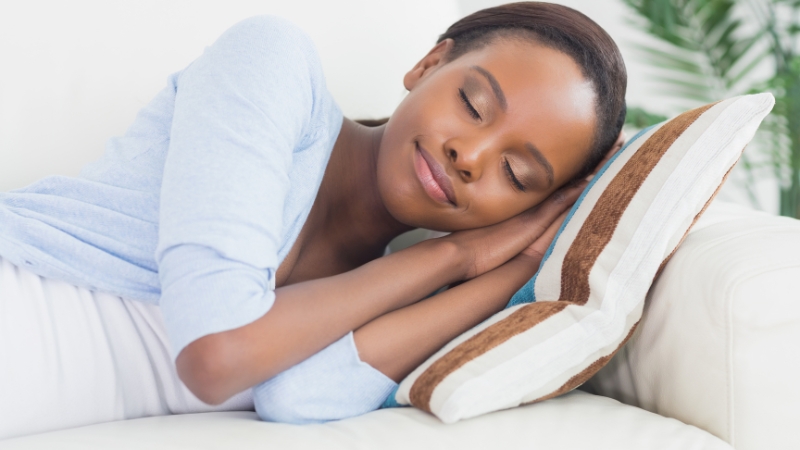
Sleeping on the side is highly practical for most individuals, especially when dealing with discomfort in hips, shoulders, or knees.
Circulation tends to improve in this position, and it’s often preferred by people with respiratory issues. Left-side sleeping also assists digestion by keeping the stomach positioned lower than the esophagus, which can minimize acid reflux.
Pillow placement becomes essential. A firm pillow between the knees aligns the hips and reduces torque on the lower spine.
A thick, supportive pillow under the head prevents neck sagging and maintains a straight cervical curve.
However, pressure can accumulate in the shoulder and hip that press against the mattress. Circulation may also become restricted in the lower arm, causing numbness or discomfort over time.
Summary of Side Sleeping Benefits and Enhancements
- Improves breathing and circulation
- Reduces acid reflux, especially on the left side
- Promotes spinal alignment with proper support
- Firm pillow between knees to prevent hip rotation
- Thick pillow for proper neck alignment
- May cause soreness on pressure points
- Can limit blood flow in lower arm
3. Fetal Position (Modified Side Sleep)
@theworkoutwitch Replying to @ソフィア🍡 sleeping in fetal position with t-rex arms is a *very specific* sign your nervous system is overloaded 🥹 heal your nervous system in 60 days 🔗 on profile #sleepposition #trexarms #fetalposition #sleepissues #nervoussystemregulation #sleep ♬ original sound – The Workout Witch
Curling into a fetal shape—legs bent, arms close to the chest—can offer comfort and relief, especially for those with spinal issues. Increased space between spinal vertebrae reduces disc pressure and may relieve back discomfort.
Individuals with herniated discs or chronic tension in the lumbar region may benefit from this compressed yet supportive position.
Proper posture must be maintained. Over-curling can compress the chest, making breathing shallow. It may also place strain on the shoulders and upper spine.
Keeping the back straight while maintaining a gentle curl maximizes benefit and limits risk.
A medium-loft pillow under the head helps prevent awkward neck positions. A pillow between the knees, just as in standard side sleeping, ensures the hips and lower spine stay in line.
Summary of Fetal Position Benefits and Enhancements
- Decompresses spinal vertebrae
- May reduce disc pressure and lower back strain
- Provides psychological comfort
- Straight back with gentle leg bend
- Medium-loft head pillow and knee support
- Tight curl can restrict breathing
- May cause shoulder tension
4. Stomach Sleeping (Prone Position)

Lying face-down often creates more problems than solutions for sore muscles.
Although breathing may improve for those with snoring or mild airway blockage, muscle recovery usually suffers due to:
- Poor spinal alignment
- Forced neck rotation
Neck twisting places uneven pressure on cervical muscles, sometimes leading to headaches or chronic neck tightness. The lower back arches excessively unless adjustments are made, compressing soft tissue and disrupting muscular recovery.
Reducing pillow height can lessen the angle of neck rotation. A small pillow under the pelvis may help flatten the spine and reduce pressure on the lower back.
Despite those adjustments, the position remains challenging for most people recovering from physical exertion. It may be tolerated in short intervals but rarely offers long-term benefits for muscle repair.
Summary of Stomach Sleeping Effects and Modifications
- May reduce snoring or airway obstruction
- Often disrupts spinal alignment and strains the neck
- Use thin or no pillow under the head
- Optional pillow under pelvis to minimize lumbar arch
- High risk of muscle tension in neck and back
- Not suitable for sustained use in recovery
Summary
Sleep becomes a powerful tool when paired with intention. How the body rests influences how well it heals. Back sleeping supports spinal neutrality and full-body relaxation.
Side positions help with circulation and digestion, especially when supported with thoughtful pillow use.
A gently curved fetal posture decompresses the spine when not overdone.
Related Posts:
- How to Recover Faster After an Intense Workout
- How Long Does It Take for Muscles to Recharge During…
- Best Post-Workout Recovery Hacks for Faster Muscle Repair
- DIY Pillow Spray Recipe & Tips for Better Beauty Sleep
- How to Improve Neck Alignment Based on Your Sleep Position
- 10 Top Supplements for Faster Recovery After Long Runs



